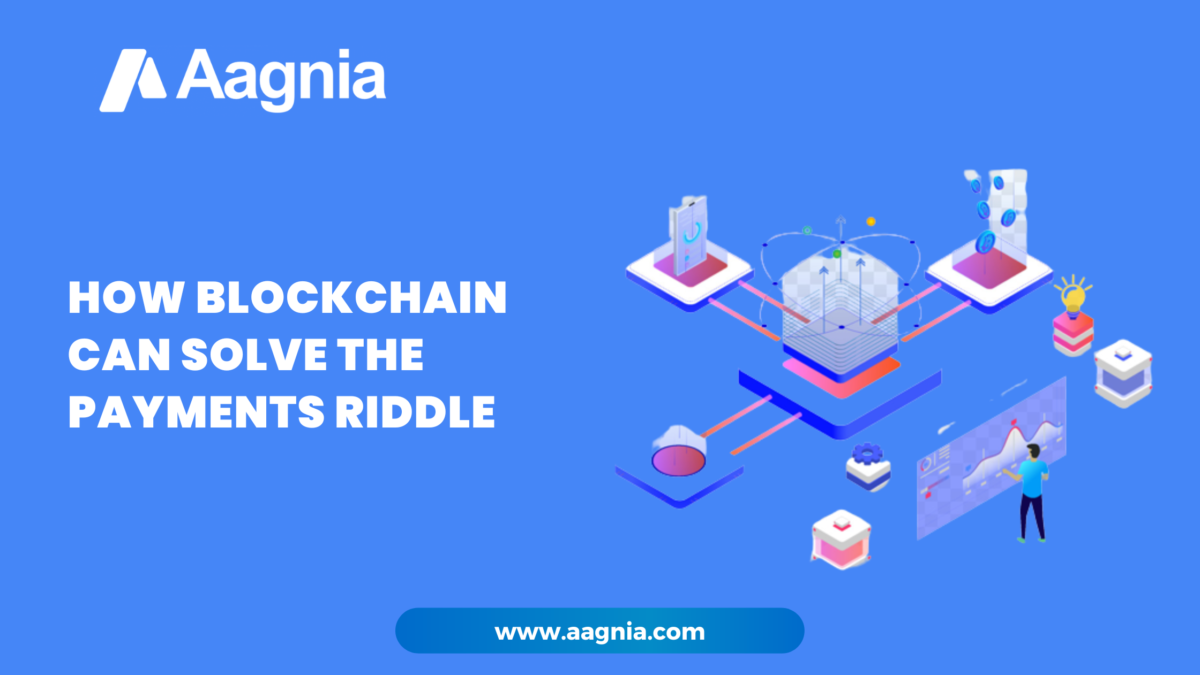
how blockchain can solve the payments riddle:
Recently, the terms “blockchain” and “web3” have been bandied about, and they are buzzwords. For me, blockchain has been an intriguing system, and I believe it is something you should become familiar with because it is where the future of money is headed.
What is Blockchain?
Blockchain is a method of storing data in such a way that it is difficult or impossible to alter, hack, or cheat it. A blockchain is a digital log of transactions that is duplicated and distributed across the blockchain’s complete network of computer systems.
It’s as simple as that. Blockchain is essentially a chain of blocks (blocks can be digital information, and chain is a public database; the two terms combined make BLOCKCHAIN). Further, blockchain is a peer-to-peer network that acts as a decentralised ledger for all transactions. It not only conducts transactions but also protects users’ anonymity and security.
It’s a technology that powers Bitcoin and is also used in a variety of other commercial procedures.
What is the problem that Blockchain is tackling, specifically the payment puzzle in the financial system, given that you know what it is?
The Banking System and Blockchain:
Consider the following scenario:
Johanson wishes to send $2000 from Austria to Scarlett in London via his acquaintance. Scarlett waited for hours or days after John went to the bank to deposit the $2000 into her account.
Now here's the issue with that procedure:
High Transaction Costs: Aside from the stress of having to go to the bank to make a payment, the presence of an intermediary (bank) makes it highly expensive, such as the fees that the bank demands.
Internet fraudsters and hackers have accounts that hack into the financial system when send money.
Those difficulties have a blockchain solution:
Scenario: A bitcoin transaction takes place between John and Scarlett.
Johanson delivers the money in BTC to Scarlett’s wallet address, which is similar to the account information used by banks. Scarlett receives the money immediately in her wallet, which eliminates the problem of it taking time for Scarlett to receive the money, and Johanson avoids the stress of having to go to the bank and wait in line before sending the money.
You can also send money in USDT, ETH, and other cryptocurrencies; this is just one example of how to use the bitcoin network. Other blockchain networks have been developed that are quicker and less expensive. Solana, Polkadot, Ethereum, and other cryptocurrencies are examples.
Every bank in the banking system keeps its own ledger, which it must update separately and reconcile on a regular basis. Blockchain, on the other hand, is based on a single shared ledger that eliminates the need for a separate messaging system.
Transactions on the Blockchain:
The transaction process starts with the creation of a transaction request, which can come from any node in the network. This transaction request is then broadcast around the network and reviewed by multiple miners.
Each miner selects a transaction and performs some computation to validate it; once validated, the transaction is added to the block, and a new block is formed, which is added to the blockchain.
A new transaction is performed in this manner.
Blockchain is significant because it establishes confidence in a peer-to-peer network. Over the years, banks have attempted to gain third-party confidence, but blockchain can work in a peer-to-peer form with no third-party intrusion.
how blockchain works:
A high-level professional who is unable to be productive all of the time costs a lot of money. In this case, outsourcing can provide you with a high level of productivity at a lower cost. According to studies, outsourcing can result in up to a 60% reduction in overhead costs.
how blockchain will change the world:
Nobody can deny currency’s role in the financial and economic world. With technological improvements, there was a need for a digital way to store data. Then came the arrival of Blockchain, which altered people’s and enterprises’ perspectives.
how blockchain is changing industries currently:
The use of blockchain to record transactions nearly eliminates human mistake and protects data from tampering. Blockchain has the potential to improve safe data sharing across a variety of businesses. It also has the ability to make data transfer between entities simpler and easier.
How blockchain technology is impacting the industry?
Businesses would be enticed to embrace the blockchain system due to its numerous advantages. Time and cost efficiency, time savings (and time is money in business), privacy, security, fraud reduction, smart contracts, record keeping, and decentralisation are just a few of the advantages.
Join our news Letter
- Revolutionizing Parking Management A Real-Time Example
- The Importance of Regular Application Maintenance
- Logistics Software Solutions and Software Development
- Software Development Services for SMEs
- How Does IoT Aid Businesses in a Variety of Industries
- But what exactly is IoT – What does it mean for manufacturers – How can you use IoT to improve your business
- How to outsource custom software development Services
- 5 Reasons Why You Need To Outsource Software Development
- Why You Need A Cloud Strategy
- The Cloud Is Changing Everything, Here’s How To Make It Work For Your Business
Do you require Custom App Development?
Looking for experienced App Developers to create a web app from the ground up, or do you want us to get started on an existing project? Get your no-obligation expert consultation today!


